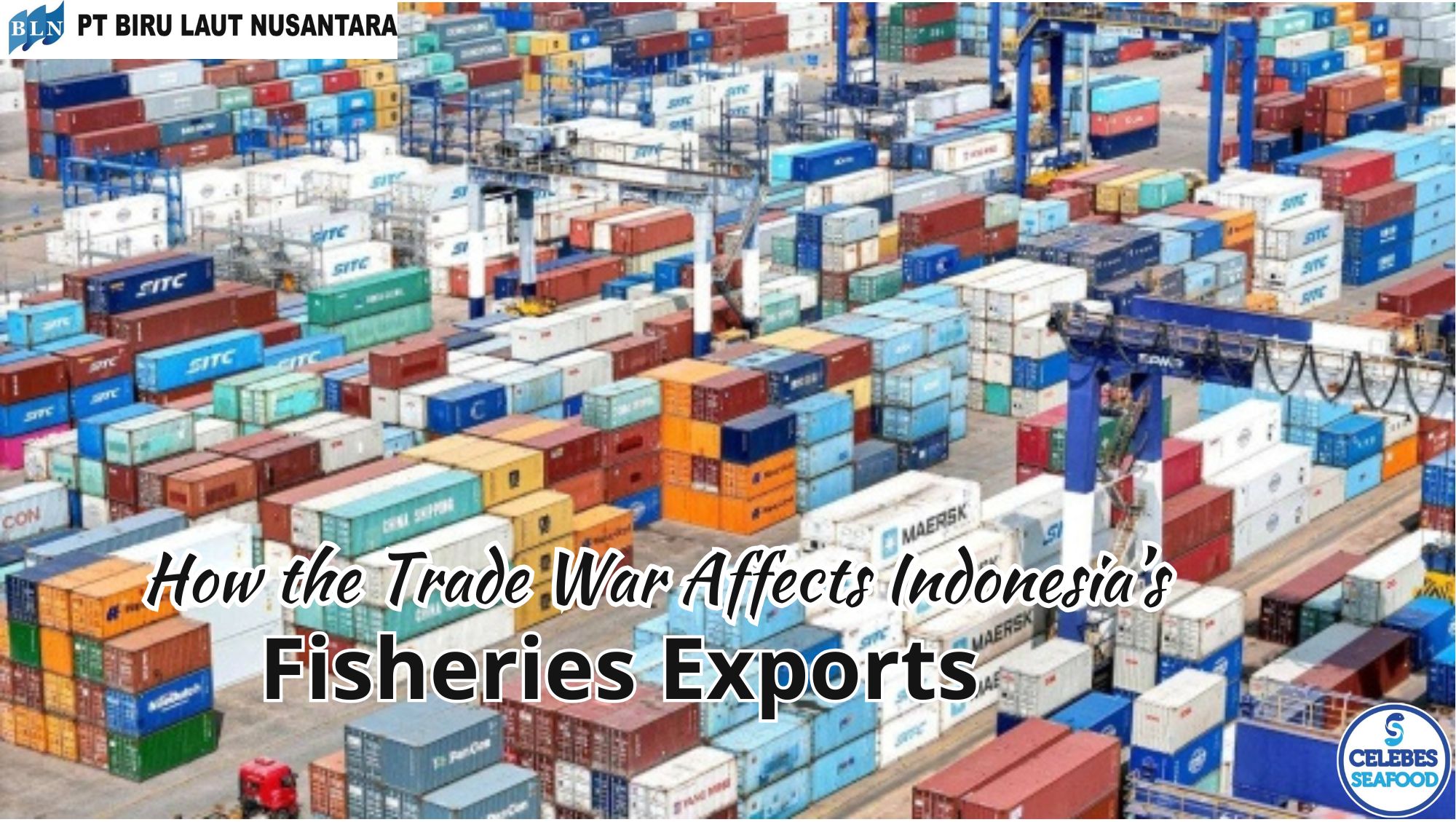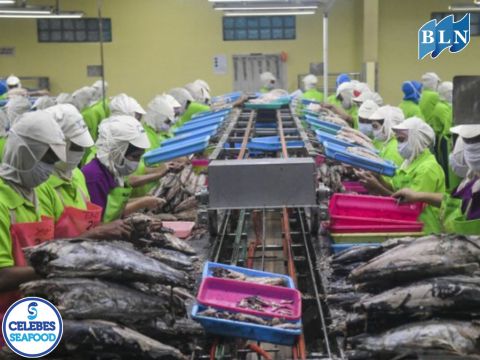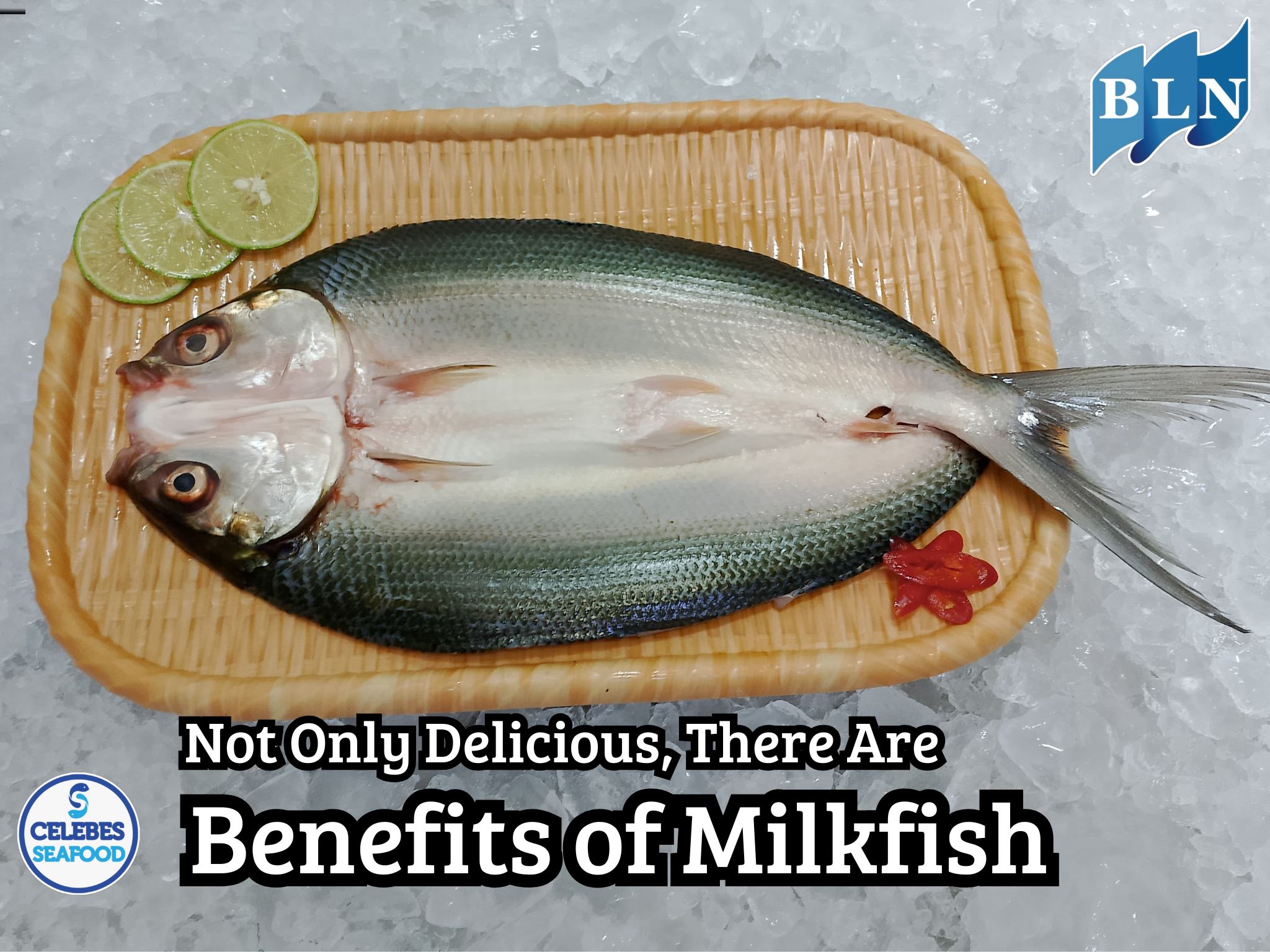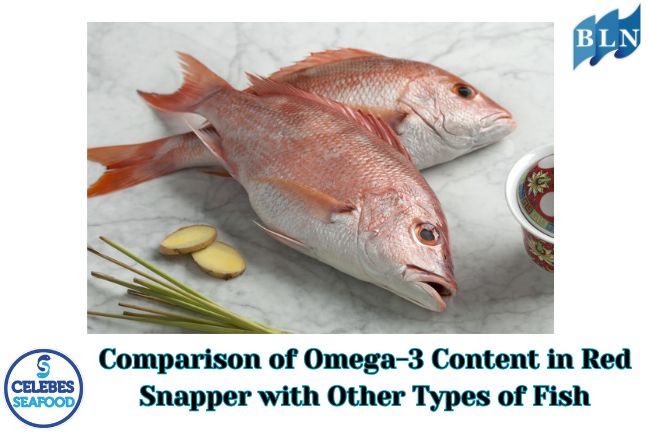The Role of Artificial Intelligence in Seafood Supply Chain Management
By. Nindi - 06 Feb 2025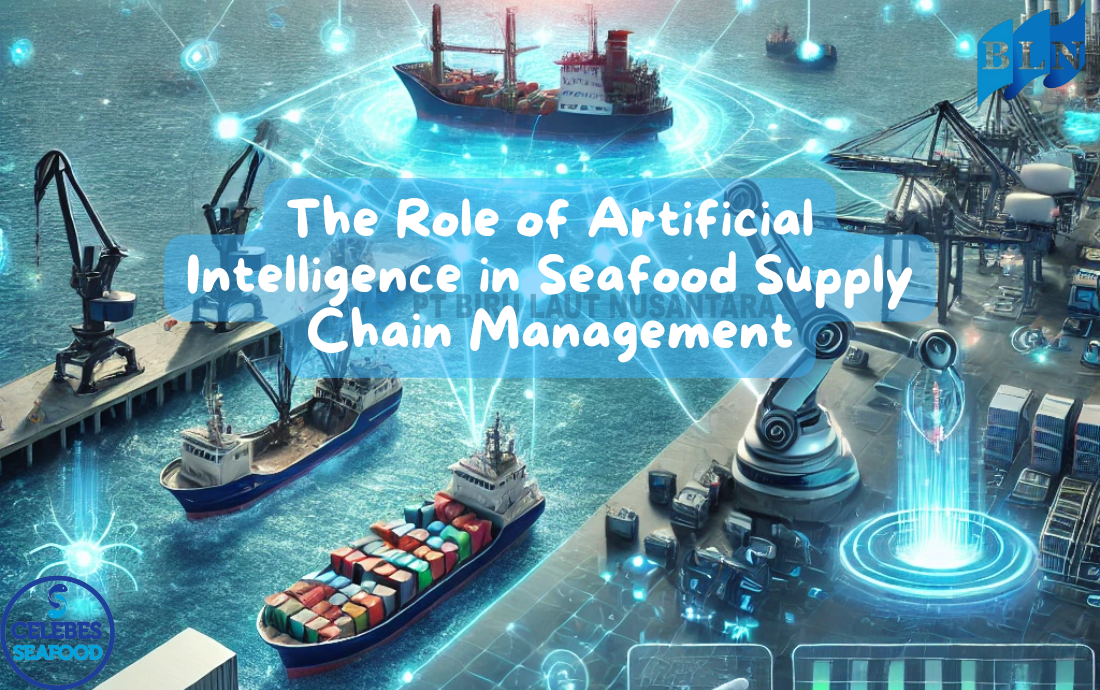
lautnusantara.com The seafood industry is a critical part of the global food supply, supporting millions of livelihoods and contributing significantly to economies worldwide. However, challenges such as overfishing, supply chain inefficiencies, food safety concerns, and sustainability issues have prompted the need for technological advancements. Artificial Intelligence (AI) has emerged as a game-changer in the seafood supply chain, helping businesses optimize operations, enhance traceability, and improve sustainability.
AI in Seafood Supply Chain Management
1. Enhancing Traceability and Transparency
One of the primary challenges in the seafood industry is ensuring that seafood products are sourced responsibly and legally. AI-powered blockchain solutions and machine learning algorithms help track seafood from the point of catch to the consumer, reducing fraud and illegal fishing activities. These technologies allow stakeholders to verify the authenticity and sustainability of their products.
2. Optimizing Fishing Operations
AI-powered predictive analytics enable fishermen to determine the best fishing locations, reducing fuel consumption and operational costs. Satellite imagery combined with AI models helps analyze oceanic conditions, migration patterns, and fish stock levels, leading to more sustainable fishing practices.
Read Also : Why Should Fish Smell Fishy?
3. Improving Processing and Quality Control
AI-driven automation in seafood processing plants enhances efficiency by detecting defects, sorting seafood by size and quality, and ensuring consistency in packaging. Computer vision technology helps identify contaminants and maintain high hygiene standards, ensuring food safety and compliance with international regulations.
4. Efficient Cold Chain Logistics
Seafood is highly perishable, requiring a well-maintained cold chain for storage and transportation. AI-based IoT (Internet of Things) sensors monitor temperature, humidity, and transportation conditions in real time. This prevents spoilage, reduces food waste, and ensures that consumers receive fresh and high-quality products.
5. Demand Forecasting and Market Analysis
AI algorithms analyze market trends, consumer preferences, and historical data to predict seafood demand accurately. This allows suppliers to adjust their production and distribution strategies, reducing overstocking and minimizing losses. AI-powered chatbots and recommendation engines also improve customer engagement and satisfaction.
Read Also : Traditional vs. Modern Seafood Processing Methods: Which is Better?
6. Ensuring Sustainability and Reducing Environmental Impact
AI is instrumental in promoting sustainable seafood practices. By analyzing data from fishing vessels, environmental organizations, and regulatory bodies, AI helps enforce sustainable fishing quotas and identify overexploited marine areas. AI-driven robotics are also being used in aquaculture to monitor fish health, optimize feeding, and reduce waste.
Challenges and Future Prospects
Despite its benefits, AI implementation in the seafood industry faces challenges such as high initial investment costs, resistance to technology adoption, and data integration complexities. However, as AI technology becomes more accessible and cost-effective, its adoption is expected to grow, transforming the seafood supply chain into a more efficient, transparent, and sustainable system.
The integration of AI in seafood supply chain management is revolutionizing the industry by enhancing traceability, optimizing operations, and promoting sustainability. As AI continues to evolve, businesses that embrace these technologies will gain a competitive edge, ensuring a more resilient and responsible seafood industry.
If you are interested in our GARFISH FILLET BUTTERFLY, THREADFIN BREAM FILLET BUTTERFLY & Goldband Snapper Fillet Skin On please do not hesitate to contact us through email and/or whatsapp.
